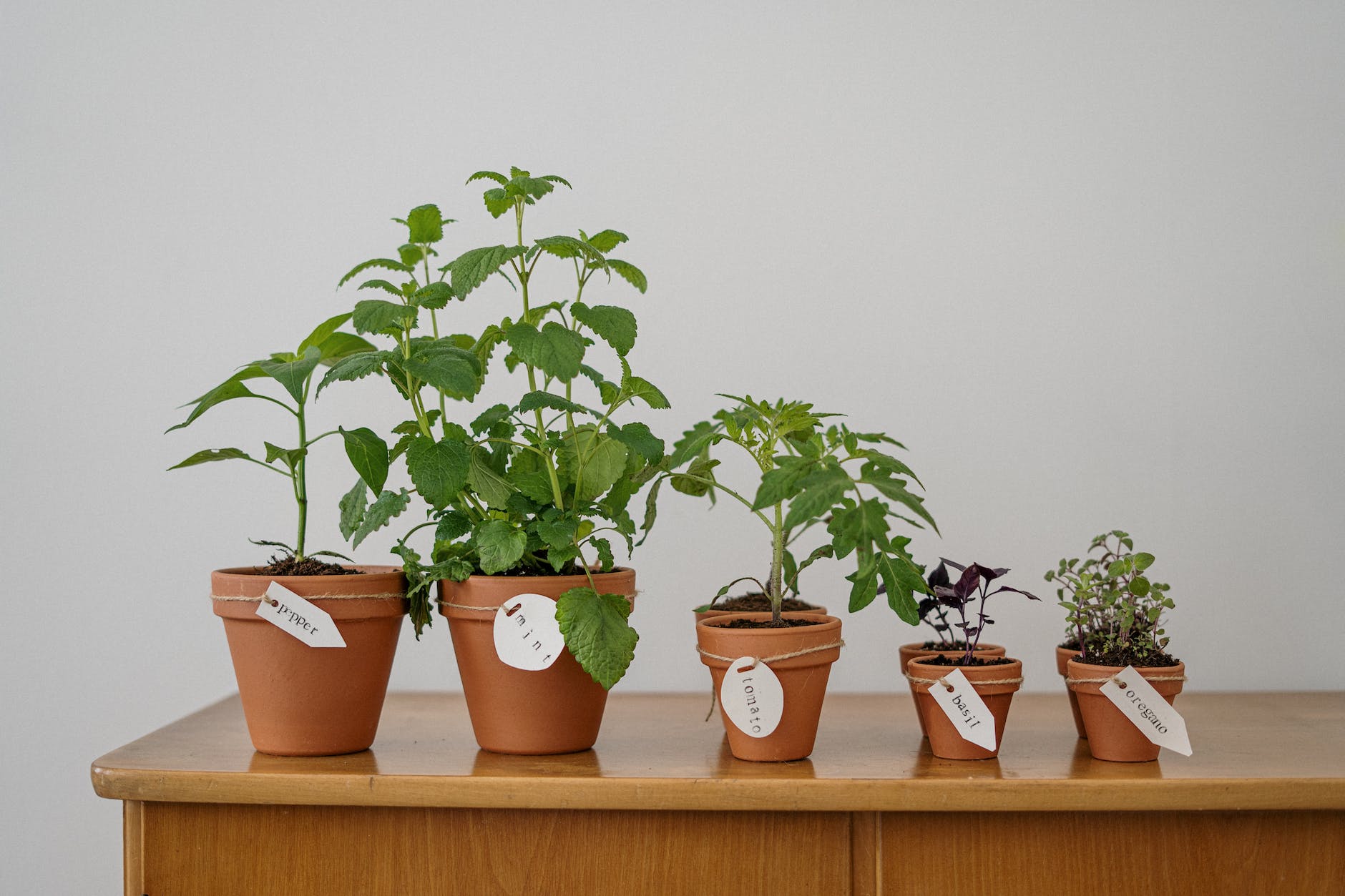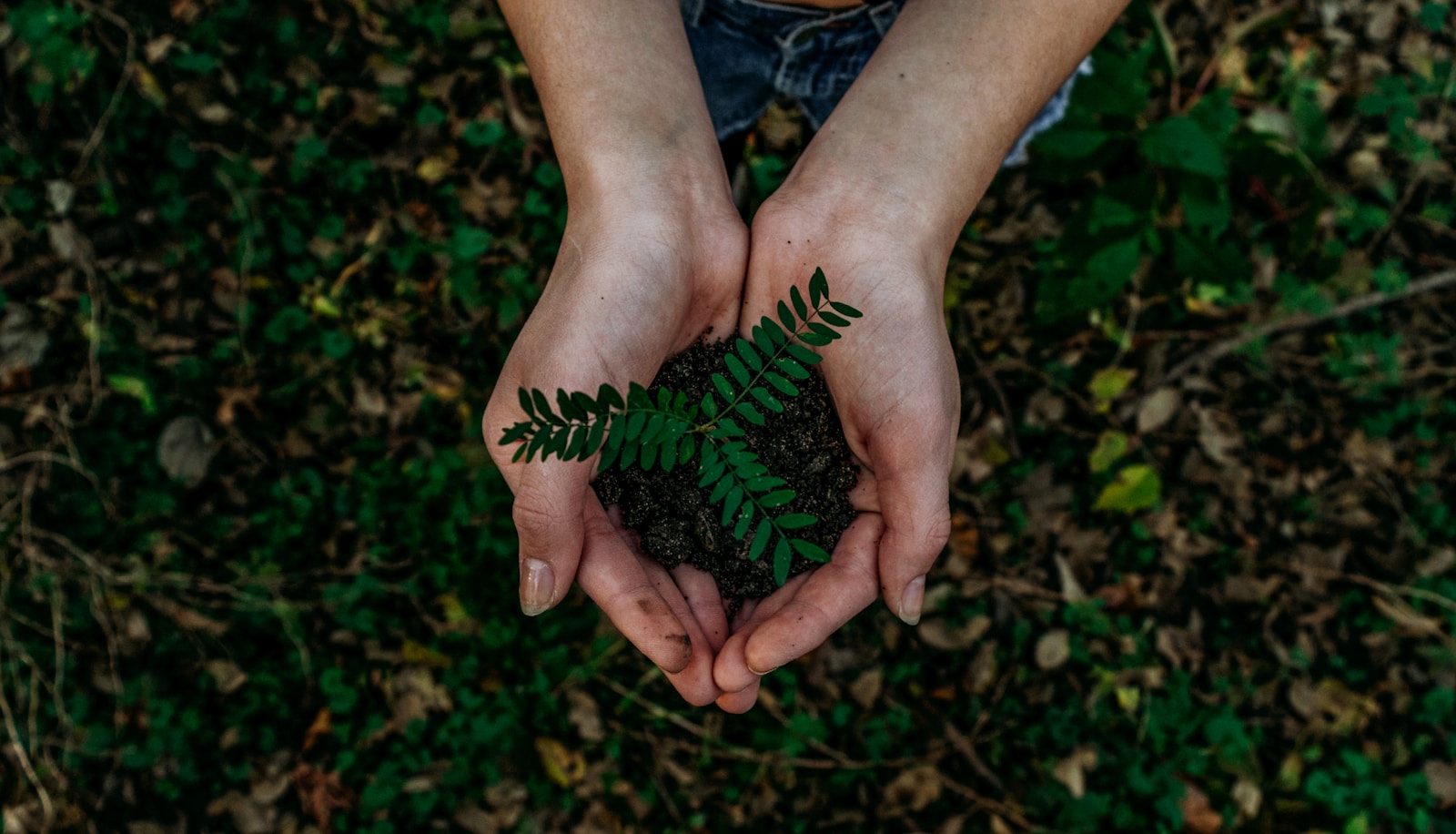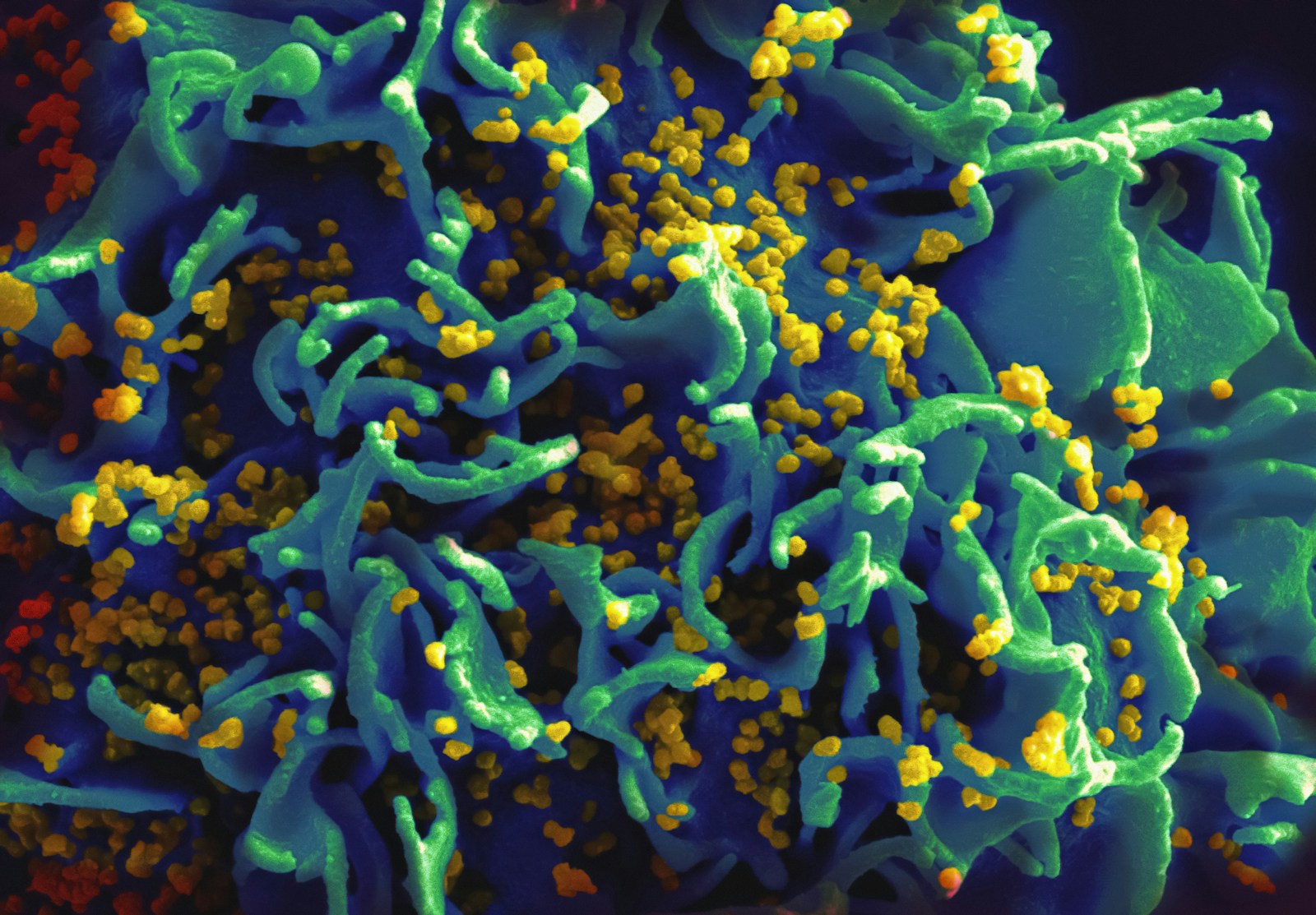Sustainability has become a buzzword in recent years, with more and more people becoming aware of the impact of human activity on the environment. However, with the increasing popularity of the term comes to a growing need for a clear and comprehensive understanding of what sustainability actually means. This article provides a comprehensive glossary of key terms and concepts related to sustainability, making it an essential resource for anyone looking to deepen their understanding of this critical issue.
Table of Contents
ToggleWhat is sustainability?
Sustainability is the ability to meet the needs of the present without compromising the ability of future generations to meet their own needs. It involves preserving natural resources, reducing environmental impacts, and promoting economic growth in a way that is equitable and accessible to all.
In practical terms, sustainability often involves making choices and taking actions that consider the environmental, social, and economic impacts of those choices over the long term. This can include things like reducing energy and resource consumption, protecting biodiversity, and promoting social equity.
The concept of sustainability is often used in relation to environmental issues, but it can also be applied to other areas such as social justice, economic development, and public health. Ultimately, the goal of sustainability is to create a better, more livable world for all people, now and in the future.
What is sustainable development?
Sustainable development is a concept that was first introduced by the World Commission on Environment and Development (WCED) in 1987. It refers to a type of development that meets the needs of the present generation without compromising the ability of future generations to meet their own needs.
What is Tripple Bottom Line?
The Triple Bottom Line (TBL) is a framework for measuring a company’s sustainability. It takes into account three aspects of a company’s performance: economic, social, and environmental. A company is considered sustainable if it meets the needs of all three aspects in a balanced way.
What is the carbon footprint?
A carbon footprint is a measure of the amount of greenhouse gas emissions produced by an individual, organization, or event. It is calculated by taking into account all sources of emissions, including transportation, energy use, and waste.
What is climate change?
The long-term warming of the planet due to the increasing levels of greenhouse gases in the atmosphere.
What is Eco-friendly?
Products or practices that are designed to have a minimal impact on the environment.
What are greenhouse gases?
Gases, such as carbon dioxide, methane, and water vapor, that trap heat in the Earth’s atmosphere and contribute to global warming. The most important greenhouse gases are carbon dioxide (CO2), methane (CH4), and nitrous oxide (N2O). Human activities, such as the burning of fossil fuels and deforestation, are the main contributors to the increase in greenhouse gas emissions.
What is renewable energy?
Renewable energy is energy produced from sources that are replenished naturally, such as wind, solar, and hydropower. Renewable energy is seen as a key component of a sustainable energy system, as it reduces dependence on finite and polluting energy sources, such as fossil fuels.
What is energy efficiency?
Energy efficiency refers to the use of less energy to achieve the same level of functionality. It is about using energy in a more efficient way, reducing waste and emissions, and saving money on energy bills.
Definition of sustainability?
The ability to meet the needs of the present without compromising the ability of future generations to meet their own needs.
What is water conservation?
The practice of using water efficiently in order to preserve natural resources and reduce water waste.
What is zero waste?
A philosophy and lifestyle that aims to minimize waste and promote resource conservation.
What is biodiversity?
The variety of different species of plants and animals that exist in a particular ecosystem.
What is the environmental impact?
The effect that an individual, organization, or activity has on the natural environment.
What is social equity?
Fairness and justice in the distribution of resources and opportunities within a society.
What is the carbon footprint?
The total amount of greenhouse gases produced to directly and indirectly support human activities, usually measured in units of carbon dioxide.
What is an ecological footprint?
A measure of human demand on the Earth’s ecosystems, typically measured in area of biologically productive land and water.
What is renewable energy?
Energy that is generated from natural resources that are replenished constantly, such as sunlight, wind, and geothermal heat.
What is LEED (Leadership in Energy and Environmental Design)?
A certification program for buildings that promotes sustainable design and construction.
What is BREEAM (Building Research Establishment Environmental Assessment Method)?
BREEAM is a environmental assessment method and rating system for building, communities and infrastructure.
What is energy efficiency?
The use of less energy to perform the same task, often achieved through technological advancements or changes in behavior.
What is sustainable development?
Meeting the needs of the present without compromising the ability of future generations to meet their own needs.
What do you mean by sustainability?
Sustainability refers to the ability to maintain or preserve a certain level or quality of something, particularly in relation to the environment and natural resources. It involves finding a balance between meeting the needs of the present generation without compromising the ability of future generations to meet their own needs.
What are the 3 main principles of sustainability?
The 3 main principles of sustainability are economic, social, and environmental sustainability. Economic sustainability refers to the ability of an economy to support a healthy and stable level of growth and development over time. Social sustainability focuses on the well-being of people and communities, including issues such as social justice and equity. Environmental sustainability involves protecting and preserving natural resources and ecosystems for future generations.
What are the 4 types of sustainability?
The 4 types of sustainability are environmental sustainability, social sustainability, economic sustainability, and cultural sustainability. Environmental sustainability refers to the preservation of natural resources and ecosystems. Social sustainability involves ensuring that people’s basic needs are met and that they have access to resources and opportunities. Economic sustainability refers to the ability of an economy to support growth and development over time. Cultural sustainability involves preserving and promoting cultural traditions and practices.
What is sustainability and its importance?
Sustainability is the ability to maintain or preserve a certain level or quality of something, particularly in relation to the environment and natural resources. It is important because it ensures that we meet the needs of the present without compromising the ability of future generations to meet their own needs. Sustainable practices help to protect natural resources, reduce waste and pollution, and promote social and economic well-being.
Why is Sustainability Important?
Sustainability is important because it helps to ensure that we meet the needs of the present without compromising the ability of future generations to meet their own needs. It can help to protect natural resources, reduce waste and pollution, and promote social and economic well-being.
How Does Sustainability Affect Business?
Sustainability can affect business in a number of ways. For example, sustainable practices can help businesses to reduce waste and pollution, improve their efficiency and profitability, and enhance their reputation with customers, employees, and investors. Sustainable practices can also help businesses to comply with regulations and reduce their risk of legal and financial penalties.
Sustainability in business
Sustainability in business refers to the integration of sustainable practices into a company’s operations, products, and services. This can include reducing waste and pollution, using renewable energy sources, promoting social responsibility and ethical practices, and enhancing the well-being of employees and communities.
Sustainability synonym
Synonyms for sustainability include durability, resilience, longevity, viability, and stability.
Sustainability examples
Examples of sustainable practices include using renewable energy sources, reducing waste and pollution, promoting social responsibility and ethical practices, and enhancing the well-being of employees and communities.
Sustainability environment
Sustainability in the environment refers to the ability to maintain natural resources and ecosystems for future generations. This can involve reducing pollution, conserving water and energy, and protecting biodiversity.
Sustainability in fashion
Sustainability in fashion refers to the use of sustainable practices and materials in the production and design of clothing and accessories. This can include using sustainable fabrics, reducing waste and pollution, and promoting social responsibility and ethical practices.
Sustainability definition UN
The United Nations defines sustainability as “development that meets the needs of the present without compromising the ability of future generations to meet their own needs.”
What does it mean to be sustainable?
To be sustainable means to be able to maintain or preserve a certain level or quality of something, particularly in relation to the environment and natural resources. It involves finding a balance between meeting the needs of the present generation without compromising the ability of future generations to meet their own needs.
What does sustainable basically mean?
Sustainable basically means being able to maintain or preserve a certain level or quality of something, particularly in relation to the environment and natural resources, without compromising the ability of future generations to meet their own needs.
What is the synonym for sustainable?
Synonyms for sustainable include durable, resilient, long-lasting, viable, and stable.
What is one example of sustainable?
One example of sustainable practices is the use of renewable energy sources, such as solar or wind power, to reduce reliance on non-renewable resources and reduce greenhouse gas emissions.
Sustainable synonyms
Synonyms for sustainable include durable, resilient, long-lasting, viable, and stable.
Sustainable development
Sustainable development is the development that meets the needs of the present without compromising the ability of future generations to meet their own needs. It involves finding a balance between economic, social, and environmental sustainability.
Sustainable development goals
The Sustainable Development Goals (SDGs) are a set of 17 goals established by the United Nations to address global challenges such as poverty, inequality, and climate change. The goals include targets such as ending poverty and hunger, promoting gender equality, and protecting the environment.
Sustainable energy
Sustainable energy refers to energy sources that are renewable and have a low impact on the environment, such as solar, wind, and hydro power. It also includes energy efficiency measures that reduce energy consumption and waste.
How to pronounce sustainable?
The word “sustainable” is pronounced suh-STAY-nuh-buhl.
Sustainable development project
A sustainable development project is a project that promotes sustainable practices and development in a particular area or community. This can include initiatives such as promoting renewable energy, reducing waste and pollution, and enhancing social and economic well-being.
Sustainable agriculture
Sustainable agriculture is a type of farming that focuses on long-term environmental and social sustainability. It involves practices such as reducing chemical use, conserving water and soil, and promoting biodiversity.
What is the best definition of the environment?
The best definition of environment is the surroundings or conditions in which a person, animal, or plant lives or operates. This includes physical, biological, and social factors that can impact an organism’s well-being.
What is the definition of our environment?
Our environment refers to the surroundings or conditions in which we live, including physical, biological, and social factors that can impact our well-being.
What is one word meaning environment?
One word meaning environment is habitat, which refers to the natural environment in which an organism lives.
What is the environment called?
The environment is sometimes referred to as the natural world or the biosphere.
Environment topic
The environment is a broad topic that encompasses a range of issues related to natural resources, ecosystems, and human well-being. Topics can include climate change, pollution, conservation, sustainability, and environmental policy.
Example of environment
An example of the environment could be a forest, which includes a variety of living organisms, such as trees, animals, and insects, as well as physical factors such as soil, water, and sunlight.
Importance of environment
The environment is important because it provides the resources and conditions necessary for life on Earth. It also plays a critical role in regulating climate, water and air quality, and maintaining biodiversity.
How to pronounce environment?
The word “environment” is pronounced en-VY-ruhn-muhnt.
Environment synonym
Synonyms for environment include surroundings, habitat, ecosystem, and milieu.
What is environmental word?
The term “environmental” refers to things or issues related to the natural world or ecosystem, particularly those that may impact the well-being of living organisms.
What are 5 environmental examples?
Five environmental examples include air pollution, deforestation, climate change, water pollution, and loss of biodiversity.
What are the 4 types of environment?
The 4 types of environment are natural environment, built environment, social environment, and virtual environment. The natural environment includes physical factors such as water, air, and soil, as well as living organisms. The built environment refers to human-made structures and spaces, such as cities and buildings. The social environment includes social factors such as culture, community, and social networks. The virtual environment refers to digital or online spaces.
Environmental pollution
Environmental pollution refers to the presence or introduction of harmful substances into the environment, such as air, water, or soil, that can have negative impacts on the health of living organisms and the natural world.
Environmental issues
Environmental issues refer to a range of problems related to the natural world and ecosystems, including climate change, pollution, loss of biodiversity, and natural resource depletion.
Environmental science
Environmental science is an interdisciplinary field that focuses on the study of the natural world and how it is impacted by human activity. It includes topics such as ecology, conservation, and sustainability.
Environmental health
Environmental health refers to the branch of public health that focuses on the relationship between the environment and human health. It encompasses issues such as air and water quality, food safety, and environmental toxins.
Environmental engineering
Environmental engineering is a field of engineering that focuses on applying scientific and engineering principles to address environmental issues, such as water and air pollution, waste management, and sustainability.
Environmental impact
Environmental impact refers to the effects that human activity has on the natural world and ecosystems, including changes to air and water quality, loss of biodiversity, and climate change.
Environmental protection
Environmental protection refers to efforts to protect and preserve natural resources and ecosystems from human activity and environmental degradation.







